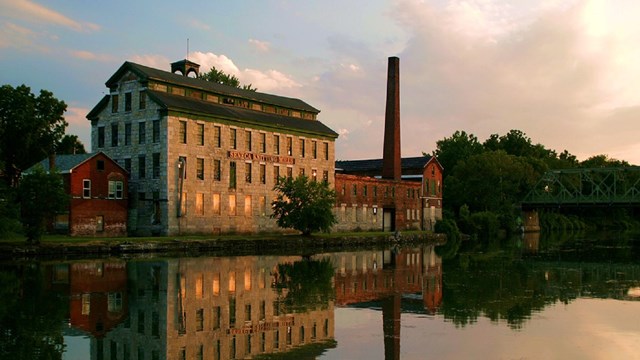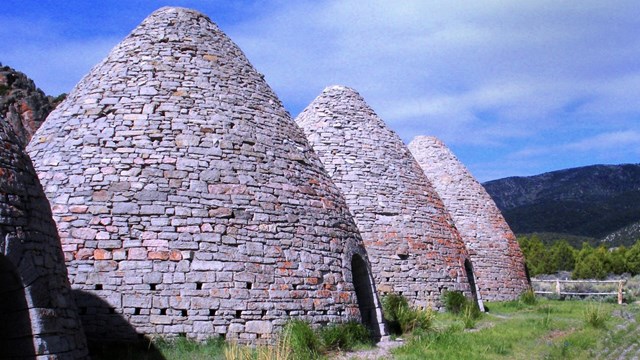Community-Led Conservation and Development
National Heritage Areas are places where historic, cultural, and natural resources combine to form cohesive, nationally important landscapes. Unlike national parks, National Heritage Areas are large lived-in landscapes. Consequently, National Heritage Area entities collaborate with communities to determine how to make heritage relevant to local interests and needs.
In 1984, the first National Heritage Area, Illinois and Michigan Canal National Heritage Area, was signed into law by President Ronald Reagan. In his dedication speech, Reagan referred to National Heritage Areas as "a new kind of national park" that married heritage conservation, recreation, and economic development.
On January 5, 2023, President Biden signed the National Heritage Areas Act (P.L. 117-339) into law. This law established the National Heritage Area System, a statutory framework for the National Park Service’s role in its administration. In 2023, seven National Heritage Areas were designated, bringing the total to 62 National Heritage Areas.
Today, National Heritage Areas and the National Park Service are making an impact nationwide: Read our 2024 Annual Report!


